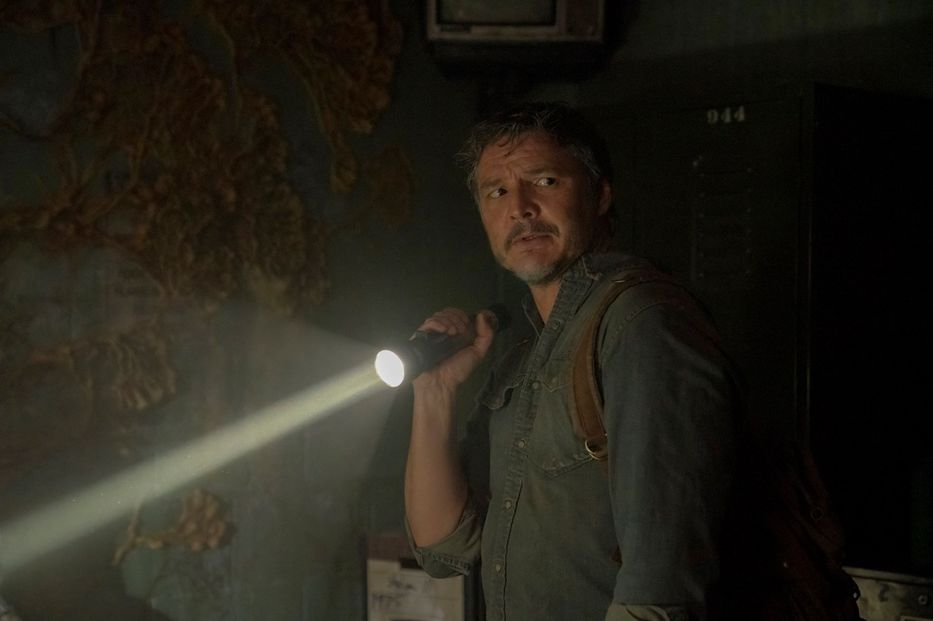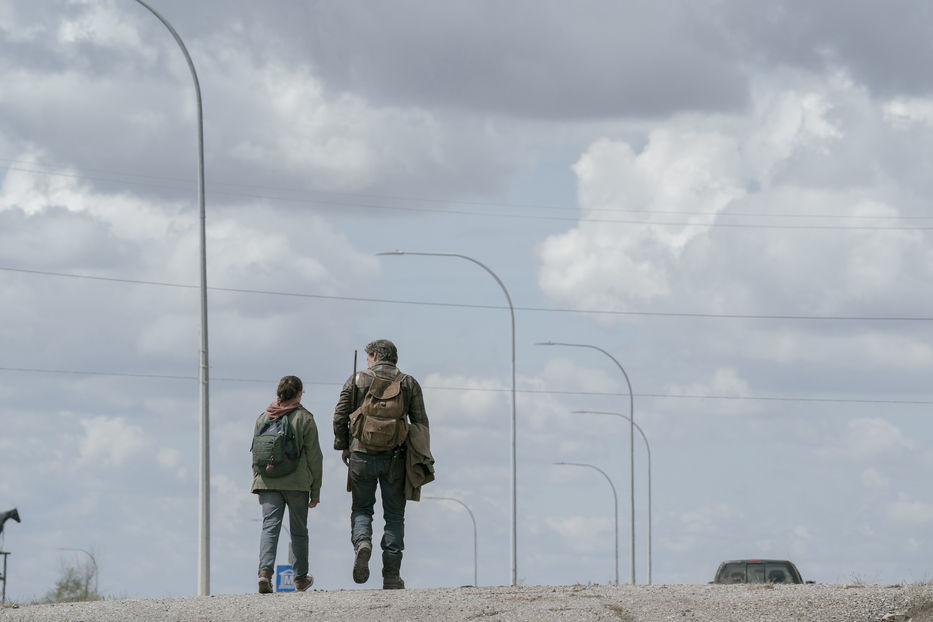Amid the boom in remakes, sequels and prequels, HBO brought the game to the small screen and sparked an instant global phenomenon.
In his book Save the Cat: The Definitive Book of Screenwriting (2005), Blake Snyder addresses the, by then, emerging debate in the film and television industry about pre-sold franchises. Snyder argued that Hollywood was beginning to produce more and more sequels, remakes and adaptations because before selling an original idea, it was simpler to sell “something that a sizable percentage of the audience is already predisposed to go see”.
But what the American screenwriter probably could not have foreseen two decades ago was that pre-sold franchises would determine the direction of the film and television industry. Aside from sequels and remakes, novels, comic books and video games have become a major source of material to bring to the screen. However, while comic book and novel adaptations have enjoyed great success in terms of both audience and critical reception, video game adaptations have often suffered negative reviews and have been popularly associated with the idea of a “curse”.
When we talk about film and video games, we are referring to different media, with different ways of telling stories and interacting with the audience. What works in a video game does not necessarily work in a movie. Many adaptations may, at a certain point, not be faithful to the original content, which may disappoint the fandom, or simply fail to capture the essence of the source material. The consistent failure of video game adaptations has been addressed by academics and theorists. Henry Jenkins, professor of communications at the University of Southern California, posits that most video game adaptations to film and television fail because the filmmakers do not understand the essence of the original video game. He argues that video games are active media that use an interactive form of storytelling and that what makes them successful is the player’s ability to make decisions and affect the outcome. In contrast, movies and television are passive media, in which the viewer has no control over the story.
And when all seemed lost and only a few franchises managed to elude this curse by achieving commercial success and a relatively good reception (the animated version of Pokémon, the Resident Evil saga starring Milla Jovovich, or the recent Sonic movies, for example), HBO decided to adapt one of the most successful video games of the last decade: The Last of Us.
The Last of Us -the video game- was developed by the company Naughty Dog -also responsible for titles such as Crash Bandicoot or Uncharted- and released in 2013 for Play Station consoles. The game was created, written and directed by Neil Druckmann, who surprised the gamer community with an action, horror and adventure game, which worked as a third-person shooter, innovated by proposing a very interesting variety of gameplay mechanics, but, above all, managed to make the player develop an emotional connection with its main characters.
The story -both the videogame and the series- takes place in a post-apocalyptic world where a lethal fungus has decimated humanity, turning the infected into hostile beings, which are very similar to the idea of zombies, and retract to certain rules that subordinate this subgenre. In this context, Joel (played by Pedro Pascal of The Mandalorian, Narcos and Game of Thrones) is tasked with escorting Ellie (played by Bella Ramsey, known for her role in Game of Thrones as the young Lyanna Mormont) across the United States. Their goal is to find the fireflies, a rebel group fighting against the oppression of the military government known as Fedra (Federal Disaster Response Agency), which controls the survivors in quarantine zones while harassing them and abusing its power that no longer has any regulation. Joel and Ellie will embark on a journey in which they will face not only the infected – known as clickers – but also Phaedra and other survivors, who have become violent and territorial.
There are many good decisions in HBO’s new hit that make it stand out. Not only as a commercial success, but also as a cultural phenomenon in comparison with other video game adaptations that have, in the best of cases, passed without glory on different screens. The first is undoubtedly the choice of the showrunners of the series. The duo in charge of transferring the video game to the television format is formed by Craig Mazin (creator and producer of the award-winning Chernobyl) and by the mind behind the video game, Neil Druckmann.
This joint work between the creative mind, but with a more executive profile of Mazin, and the presence of the father of the original material as one of the final decision makers on the project, seems to have worked very well. Both have expressed their agreement with the final product, in which priority is given at all times to make it work independently of the existence of the video game.
This individuality that the series has is no small thing, as it has managed to transcend the niche audience -familiar with the video game- to reach millions of viewers around the world who may never have approached a video game console. The series achieves this in the same way that the video game manages to enter the hearts of its users: by creating a narrative centered on its characters, the human and personal conflicts that each of them (both protagonists and secondary characters) will face because of the universe they inhabit and the rules that delimit it. In that sense, it can be said that the Cordyceps (name of the fungus that attacks the brain and gives life to the clickers), is not the main antagonist of the humans in The Last of Us, but is rather a trigger and another threat that serves as the cause of the transformations of the characters, who once they have come into contact with their inner monsters, will really begin their arc of change. The series focuses on universal conflicts ranging from human relationships, paternity, guilt, or the desire for protection motivated by love, to make the viewer feel challenged by what happens and establish a bond with the characters based on a verisimilitude based on the emotional and not necessarily on the action.

Pedro Pascal in “The Last of Us”
It is relevant to point out that, despite the conceptual merits of the series, the adaptation was highly convenient due to the large amount of resources available and the previous experience obtained both from the videogame and from other similar audiovisual works. The video game itself is a very cinematic experience, with a high number of animated sequences that are unlocked as the player progresses through the plot and accomplishes the game’s objectives. Many of these sequences were incorporated into the series without significant changes to the dialogue, actions or visual composition. The writers and directors of the series were able to identify the elements that worked well in the game and adapt them faithfully to the series, without altering what had already been resolved. This decision may seem lazy at first glance, but it was actually a smart and effective choice.
Even so, it is important to note that the series does not limit itself to a direct adaptation of the video game, but ventures to make significant modifications to both the plot and the characters and the way they appear in the series. In addition, the series features episodes that could be considered spin-offs, but which actually integrate coherently with the main plot and contribute to its development by adding relevant details. This commitment to innovation and creativity in adaptation can be considered risky, but it can also result in a richer and more satisfying narrative experience for viewers.
In terms of visuals, HBO is known for its commitment to quality in its productions. However, on some occasions, the focus on striking images has led to visually awkward moments. In the case of this series, the universe presented is believable and realistic thanks to the careful selection of locations, special effects, makeup and production design, which focuses on the practical rather than the visual or digital. Unlike other adaptations, The Last of Us prioritized the use of tangible elements and limited the use of visual effects and computer-generated graphics (CGI) to specific situations, such as the appearance of certain clickers, whose actions could not be recreated by actors covered in prosthetic suits or required dimensions that could not be achieved through practical effects. Also, different 3D scanning techniques were used, both for actors and locations, which made it possible to recreate and adjust elements that could not be intervened on set in a more effective manner. A realistic and authentic environment is created through the combination of practical and digital elements carefully selected to achieve the best possible result.
Music and sound effects are fundamental elements in any audiovisual production. In The Last of Us they play an essential role in building the atmosphere of the game and the series. Gustavo Santaolalla’s music is one of the most recognizable distinctive features of the series’ universe. His minimalist and emotive style, which is generated by the combination of different types of percussion and string instruments and experimentation with objects such as pipes and cans, denotes a great ability to create moments of tension and emotion and, also, to highlight other more dramatic moments of the story.
The Last of Us manages not to be just another pre-sold franchise, but instead decides to create an original project that carefully studies when to approach and hold on to its source material in order to maintain its essence. But neither does it skimp on taking risky and original decisions, it shows that it has gone from being a video game to being another medium that has different possibilities that can enhance the story if used correctly.
The cast of the series, led by Pedro Pascal, who has established himself as an icon of television fatherhood, is truly endearing. The series, in turn, has an extremely friendly gesture. It is that it includes in its cast many of the actors who lent their voices or bodies for the video games (since the animated sequences were made using motion capture techniques with real actors), giving them more or less significant roles, but a place as part of the series in the end.
Unable to emulate the interactive capacity between the viewer of the series and whoever plays the video game, The Last of Us sought to generate a phenomenon and a series of transmedia experiences that not only continue to foster the intertextuality that characterizes this type of content, but kept viewers attentive on different platforms to give them a more complete and interactive experience, but in their own way.
The success of the first season of the series was such that it was enough with the broadcast of its second episode for HBO to confirm a second season. Everything indicates that it will adapt the sequel to the original video game released in 2020. All episodes of The Last of Us are available on the HBO Max platform, as well as a special behind-the-scenes episode of the series. In turn, as the episodes were released, HBO launched a new episode of the official podcast of the series in which its showrunners comment on different issues ranging from technical curiosities to artistic or conceptual decisions. It is a different but complementary experience for those who want to know more about the series.

